Get ready, folks, this is quite a bit of a story.
Speaking of stories, I think one of the most fascinating aspects of retail day trading are the stories people share about how they decided to start trading and what that early process was like. Such anecdotes help others understand that day trading is a skill that anyone can learn, so long as you put in the effort, patience, and persistence.
I want to give you a detailed background of who I am and the reason why I decided to learn how to day trade foreign exchange currencies.
If at any point my story resonates with you, feel free to comment!
The story I am sharing with you is adapted from the second chapter of the book I wrote called The Seven Habits of Successful Day Traders, which 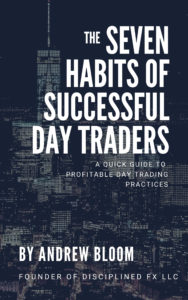 covers some of the key thoughts, behaviors, and routines profitable traders use to make trading systems. Contrary to the wise advice to only trade what you can afford to lose, I began trading out of sheer desperation for income and some sort of work I could easily do from home.
covers some of the key thoughts, behaviors, and routines profitable traders use to make trading systems. Contrary to the wise advice to only trade what you can afford to lose, I began trading out of sheer desperation for income and some sort of work I could easily do from home.
Let me explain.
The first time I ever traded a security was in 2015. It was through a recently released app targeted for young and new traders, like myself, who wanted a platform so simple that even Steve Jobs would approve.
Its name? Robinhood.
This was a fun and exciting hobby for me while I was going to graduate school and earning meager wages from a few part-time gigs.
During a hike in the woods where I was living in Philadelphia, I told a friend about my newly discovered interest in the stock market. He mentioned the trending hype around 3D printing as a viable option for a sector. So, I bought some shares from a developer of 3D printers. In a couple of weeks, out of sheer luck, I was up $5,000.
Woo hoo!
This began my hobbyist intrigue with stocks.
Now, I wasn’t attending any ol’ graduate school program. Of all the possibilities for a career, I was training to become a rabbi.
From rabbi to day trader?
Yes, a bit of a big pivot, but I didn’t exactly plan it that way.
I wanted to become a clergy person and help people navigate their experiences with Judaism. I am fascinated by and empathetic towards the exploration of religion and the wrestling with some of humanity’s most difficult reflective questions, like why do bad things happen to good people. My interest in and study of religion and philosophy didn’t only revolve around Judaism but also Buddhism and ethics.
During my college years, I went to a small Jewish university in the Los Angeles area while also attending regular group meditation sessions and lectures at a couple of different Zen centers around LA. I was drawn to Buddhism as a teenager because of its emphasis on alleviating suffering via a discipline of meditation, self-reflection, and conditioning of one’s heart to be respectful and compassionate towards others.
Ever since I was a kid, I’ve been attracted to challenges that require strict, even stoic ways of thinking and being. I find this funny because my behavior and personality through my teenage years and early twenties were outright turbulent and impulsive.
A Zen teacher of mine once stated, “No one comes to Buddhism because their life is fine.”
Many people are seeking relief from the world or from themselves.
Buddhism’s tenets and practices can offer a kind of healing salve to the scars that come with life’s difficulties.
There were many scars and aspects of myself I wanted to mend and change. As a teenager lacking healthy coping skills while wrestling with severe depression, I turned to alcohol and drugs to numb myself. I was living a juggling act, as I was going to school and loving academia, but also routinely making choices that drew me closer and closer to trouble. In the morning, I could diligently work on a research paper as I hit my daily writing goals. Yet, at night, I would wind up in wild and risky situations like nearly inhaling a whole case of beer by myself, getting a homemade tattoo in some dude’s apartment, or taking a piss on Sunset Boulevard at four in the morning.
I was balancing between the pursuit of a successful future and outright self-annihilation.
Meditation helped me to finally develop a loving, wise voice in my head that could self-talk my way into better behavior and more compassionate thinking.
Zen Buddhism, in particular, is quite practical and can complement other religious practices without the dogma that most people fear of participating in religion. Between the support I received from my rabbis, teachers, friends, and the sangha (the group I meditated with), as well as the epiphanies that came with “waking up” to my own sense of responsibility I was able to get sober and completely change the trajectory of my life.
Nearing the time of graduation, I had three paths to choose from: the first was that I was accepted to a graduate program in Comparative Religion. The second was to spend few years meditating and working at a Zen Buddhist monastery. Or third, I could further my studies and pursue the path of becoming a rabbi.
In the end, I chose door number three while also maintaining a commitment to Zen Buddhist studies and practices. I invested all of my resources into this career choice and, at the advice of a professor, sought to spend at least a full calendar year living in Jerusalem to study halachic law. Living in Israel was both life-changing and very complicated. I made a group of friends who were more interested in having philosophical dinner conversations and playing fun board or party games than going to bars and clubs. Exploring the ancient cities and adapting to the culture cultivated a strong sense of adventure and curiosity within me. I found a new way to enjoy life, to process difficult emotions and fears, and to develop social skills without the help of liquid courage.
However, my stay in Jerusalem coincided with war and political turmoil, although this is not a rare occurrence for the region. It was very stressful and I started to have mixed feelings about the way Israel chooses to handle its own political and social issues. This experience forever changed my gratitude for having an American passport and the privilege of having citizenship in a relatively safe, free, and prosperous country, despite its own problems and need for change.
Afterward, I was accepted into a rabbinical school in the Philadelphia area and moved back to the States to continue my studies there. I was also pursuing a joint degree with another college to obtain a master’s in Nonprofit Management. At that point in 2015, I felt like I finally arrived into adulthood. However, in my second year of studies, I started experiencing some alarming symptoms.
One fall evening, I woke up experiencing a hot flash. I didn’t think much of it. I just popped some Benedryl and promptly went back to bed.
Every consecutive night that followed for the next four years, however, would result in the same sensation of overheating and insomnia.
After the first few months, the flushing not only happened multiple times at night but also multiple times during the day. The insomnia was so bad that I began missing classes and the Torah classes I taught to a cohort of senior citizens, as I needed to catch up on sleep during the day.
The flushing episodes then increased in frequency and duration of time. During the winter of that first year, I could walk out in the snow wearing only a t-shirt and shorts.
Something was seriously wrong.
I started seeing doctors and specialists, with nearly all my blood tests coming back normal. I tried to maintain my everyday existence as much as possible, but I knew my health was too out of control to manage it all.
The stressors increased: I wasn’t making enough money to cover my expenses, getting deeper in debt, my girlfriend and I broke up, leaving me with extra rent, and on top of all of that, I needed to go back to Israel to take classes over the summer to meet graduation requirements.
In the end, after starting to show signs of severe memory loss, I didn’t complete my studies in Israel. Instead, I returned to my native Southern California in an attempt to visit several doctors while staying at my mom’s house.
It would be years before I could tell whether I experienced deep sleep at night or not.
I’m sure you know that sleep deprivation is used as a form of torture – it was a living hell I couldn’t escape.
By then, I knew I needed to go on medical leave and get expert help. I tried to stay with some friends in Philadelphia if my condition improved so that I could continue my studies afterward but by the new year, nothing had changed. I decided to move back in with my family in California. I saw more doctors and specialists, I participated in an undiagnosed patient program with a top hospital in Los Angeles. When these endeavors failed, I met with nutritionists and functional medicine doctors.
While we found tweaks to abate some of my symptoms, my body and mind were still a wreck and there was no final diagnosis apart from a vague case of “Autonomic Dysfunction”.
After years of no sleep, I lost my ability to drive, as I couldn’t properly focus on the road, and my sight declined – I was stuck in constant tunnel vision with minimal to no peripheral vision, experiencing terrible fatigue, and suffering short-term memory loss.
I was even contacted for that one particular Netflix show about undiagnosed cases but it never went past a second interview. By then, however, I learned not to be bothered by disappointment.
Now, who here in their 20’s has managed to save a multi-years worth emergency fund just in case your health surprisingly falls apart and you’re unable to work? No hands? Not one?
There are certain circumstances that you cannot prepare for, no matter what kind of diligence you take.
This chronic health issue became my personal Black Swan event, one of those experiences that are unforeseeable, rare, and capable of completely redefining what “normal” looks like.
Because I didn’t have a proper diagnosis, a claim for disability seemed unlikely. My illness is invisible: I look like a healthy guy on the outside. But on the inside, I live in a constant cloud of confusion and fatigue.
Because of my unusual sleep patterns and brain fog, I knew I couldn’t be trusted to maintain a job, even if I worked from home. Whatever I could do for income had to be done in my own time and under my own decision-making power.
Some of you may be familiar with being stuck in survival mode.
It felt like I was making “last resort” decisions left and right.
In order to avoid having to make payments on my student loan debt, I was able to continue and graduate with my MS in Nonprofit Management since the courses were offered online.
After that, I was accepted into a Ph.D. program in Business, since my credentials in nonprofit management qualified me for the position. This gave me some confidence and something to focus on besides my health. I wanted at least one thing to feel like it was going right in my life. I love academia and I am passionate about research and writing. However, I still needed to find ways to pay for my medical bills and living expenses.
That’s when I discovered the world of retail day trading.

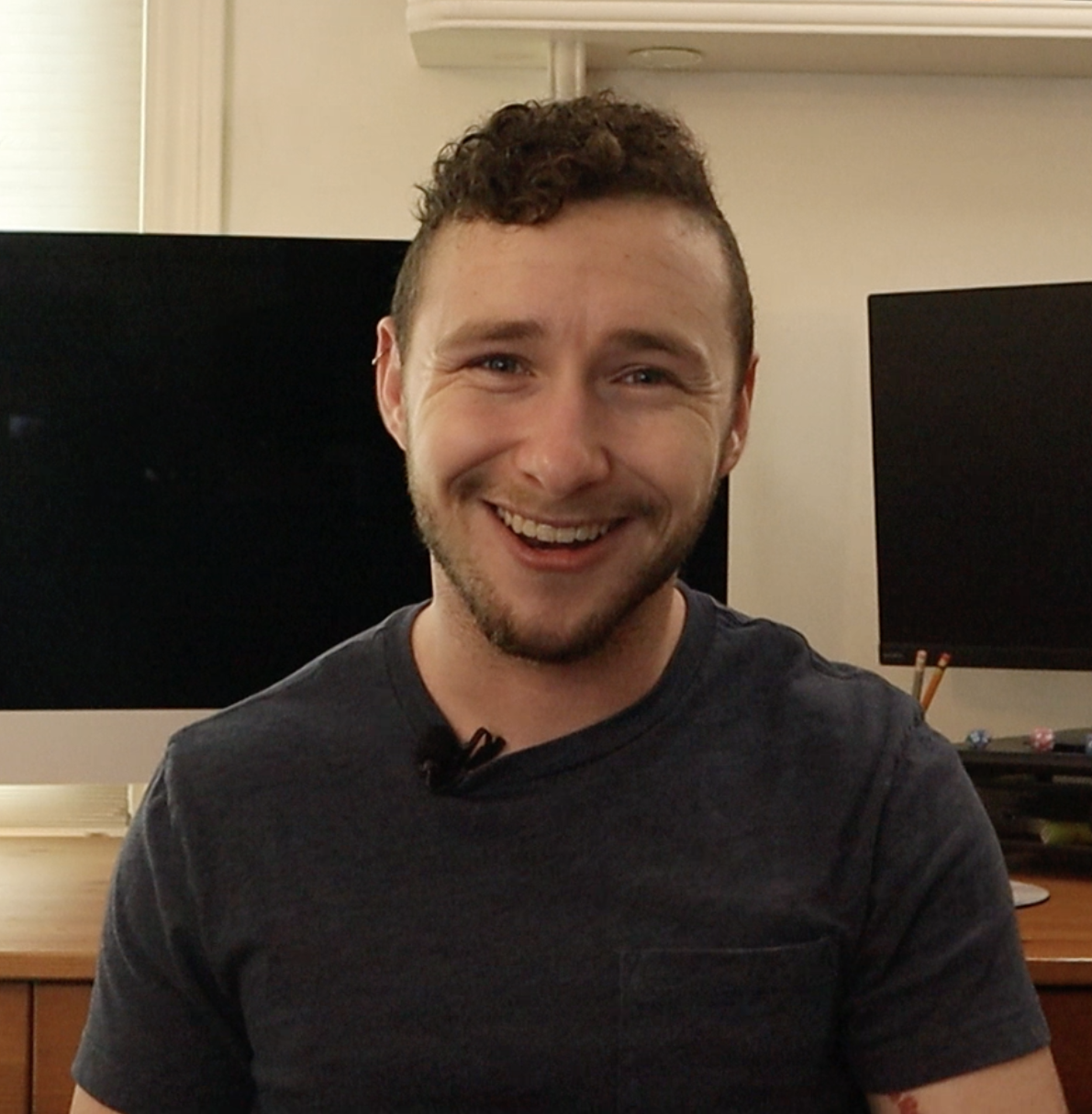


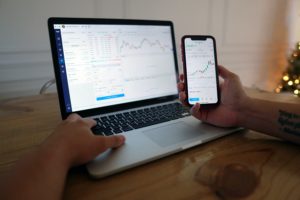




 Now that we’ve reached the end of this lesson, I hope you can step away from this video feeling like you have more clarity around what your process to success could look like.
Now that we’ve reached the end of this lesson, I hope you can step away from this video feeling like you have more clarity around what your process to success could look like. 
 Rocketbook has an app that lets you take a screenshot of your page and send it to one of the destinations you link to the symbols on the pages.
Rocketbook has an app that lets you take a screenshot of your page and send it to one of the destinations you link to the symbols on the pages. 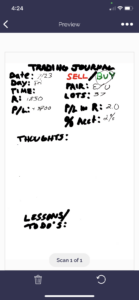


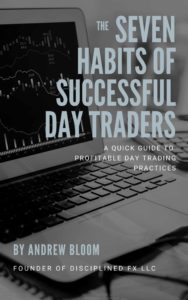


 In fact, this foe is nipping at me as I write this.
In fact, this foe is nipping at me as I write this. You need to be able to understand these two feelings.
You need to be able to understand these two feelings.



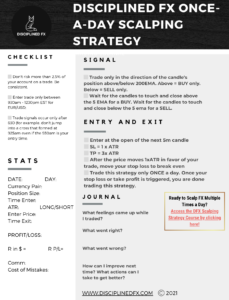




Latest posts